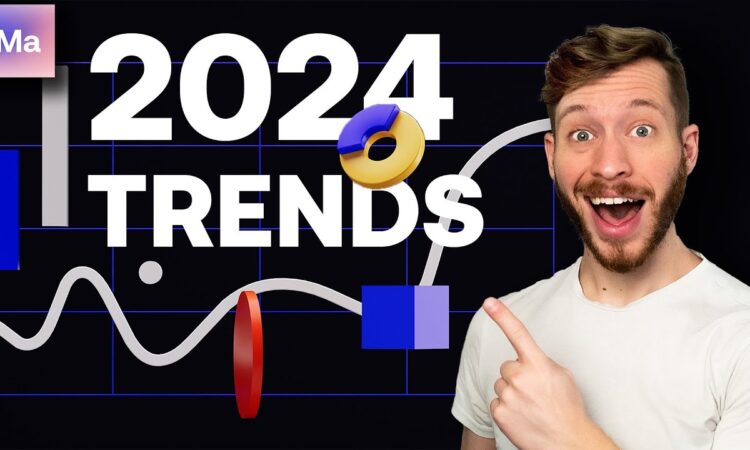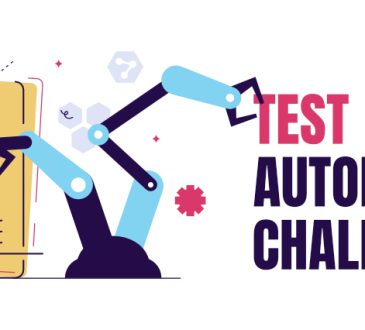
In the ever-changing world of digital content creation, free video editing has become an integral part of the storytelling process. As we step into 2024, the demands and expectations for video editing have evolved, shaping the way creators approach their craft. In this article, we’ll explore the key trends and principles that define effective video editing in the current landscape.
Seamless Storytelling:
One of the primary objectives of video editing in 2024 is to create a seamless and immersive storytelling experience. Creators are focusing on the fluid integration of scenes, transitions, and effects to captivate their audience from start to finish. The emphasis is on maintaining a cohesive narrative flow that keeps viewers engaged and emotionally connected to the content.
Attention to Detail:
In the age of high-resolution displays and advanced viewing technologies, attention to detail has become paramount. Video editors are paying meticulous attention to color grading, sharpness, and overall visual quality to ensure that their content stands out in a competitive digital space. The pursuit of visual excellence extends to both cinematic productions and more casual, user-generated content.
Dynamic Editing Styles:
Gone are the days of static, predictable editing styles. Creators are embracing dynamic and innovative editing techniques to elevate their content. This includes experimenting with unconventional cuts, split screens, and creative transitions to add a unique flair to their videos. The goal is to surprise and engage viewers while maintaining coherence within the overall narrative.
Accessibility and Inclusivity:
In 2024, there is a growing awareness of the importance of making content accessible to diverse audiences. Video editors are incorporating features such as subtitles, alternative audio descriptions, and other accessibility tools to ensure that their content is inclusive and reaches a wider range of viewers. This not only enhances the user experience but also aligns with the principles of diversity and inclusivity.
Cross-Platform Optimization:
With the proliferation of various digital platforms, video creators are adapting their editing strategies to suit different mediums. Whether it’s for social media, streaming services, or traditional broadcasting, editors are optimizing their content to meet the specific requirements of each platform. This approach ensures that the visual appeal and impact of the video remain consistent across various viewing contexts.
AI Integration:
Artificial Intelligence (AI) is playing an increasingly prominent role in video editing workflows. From automated editing suggestions to AI-driven enhancements, creators are leveraging these technologies to streamline their processes and enhance the overall quality of their content. This integration allows for more efficient editing, freeing up time for creators to focus on the creative aspects of their work.:
As we navigate through 2024, video editing continues to evolve, shaped by the ever-changing demands of digital audiences and technological advancements. The emphasis on seamless storytelling, attention to detail, dynamic editing styles, accessibility, cross-platform optimization, and AI integration collectively contribute to the rich and diverse landscape of video content creation. By staying attuned to these trends and principles, creators can craft compelling videos that resonate with their audience in the dynamic and competitive world of digital media.





